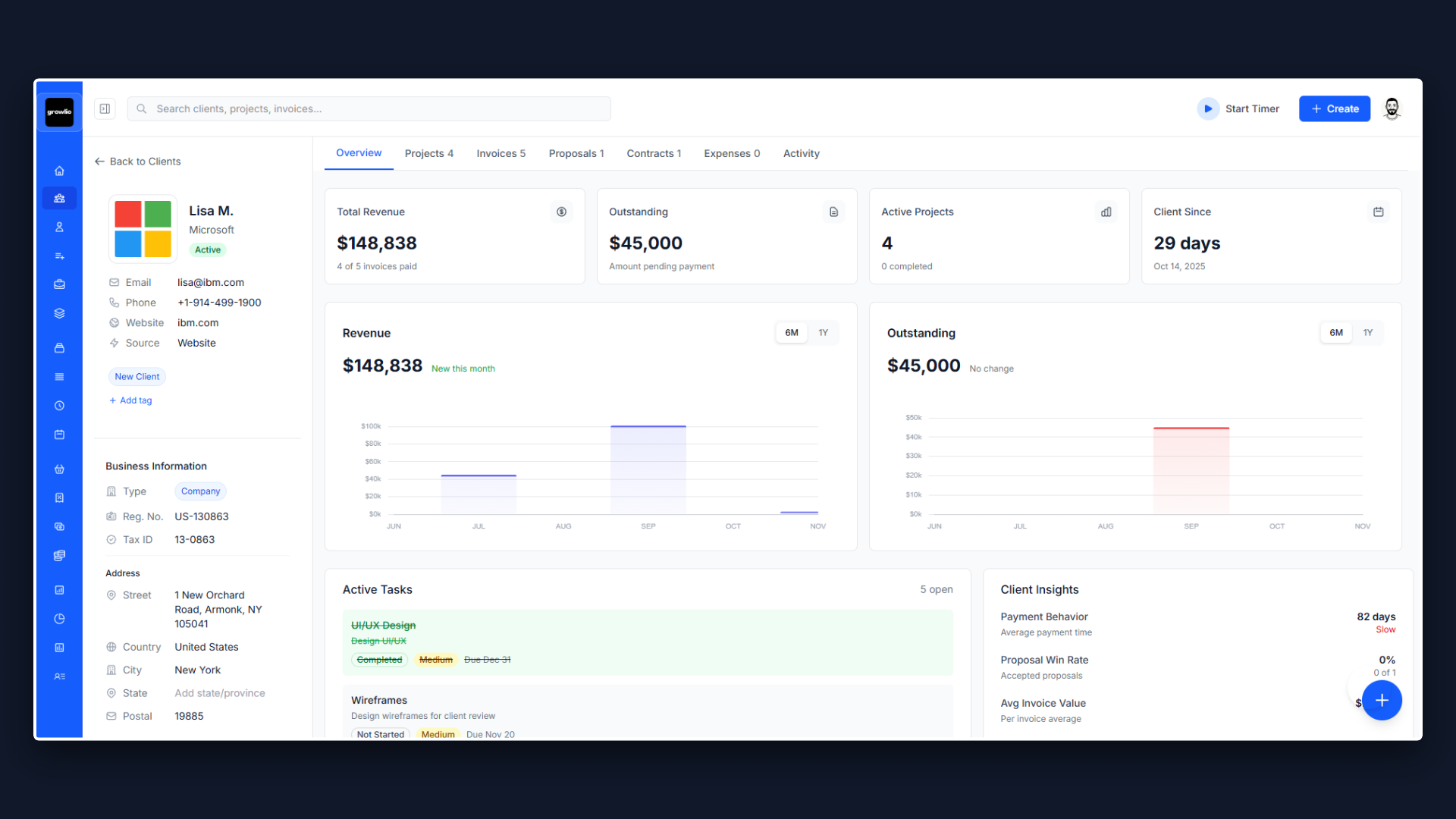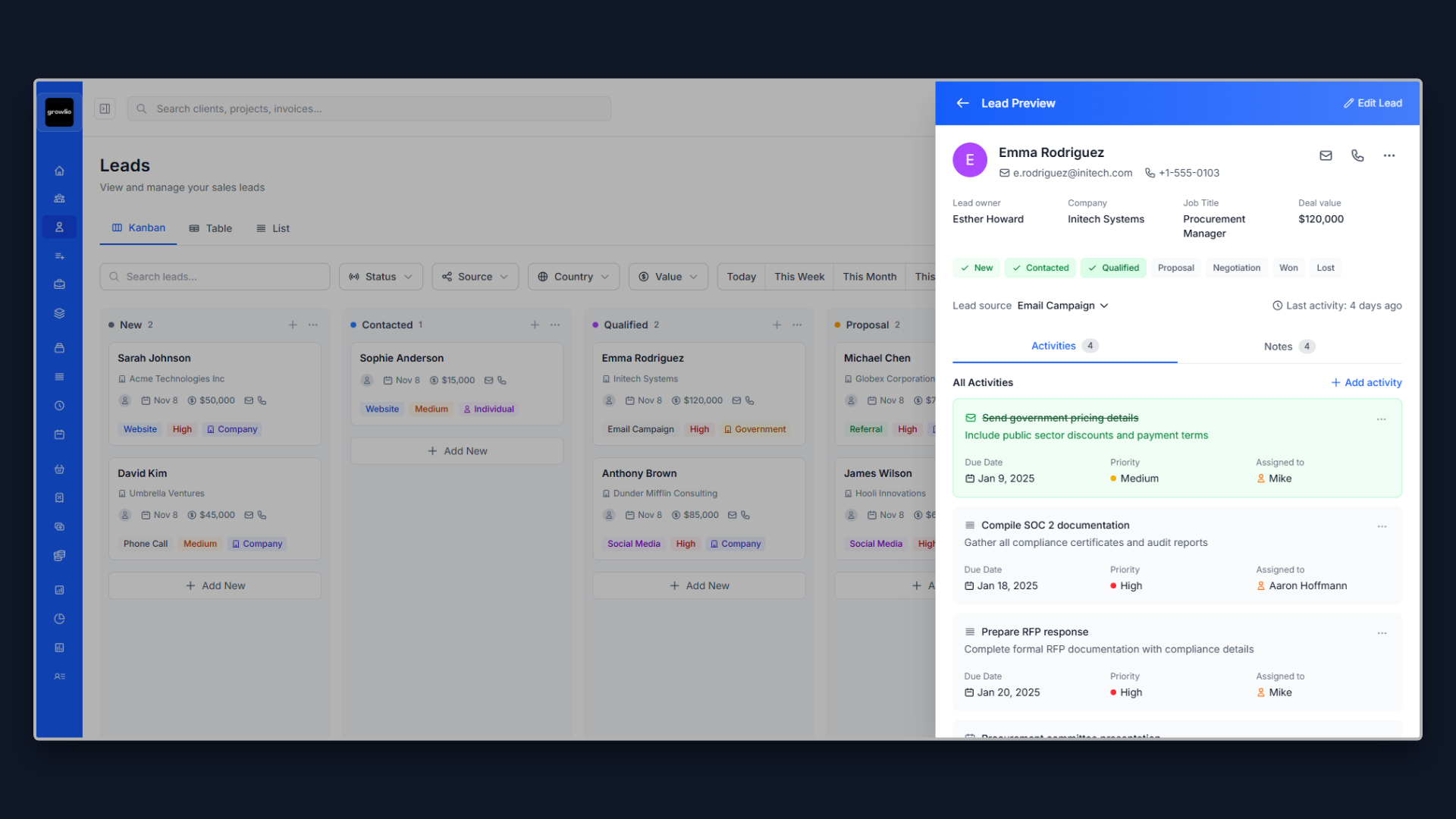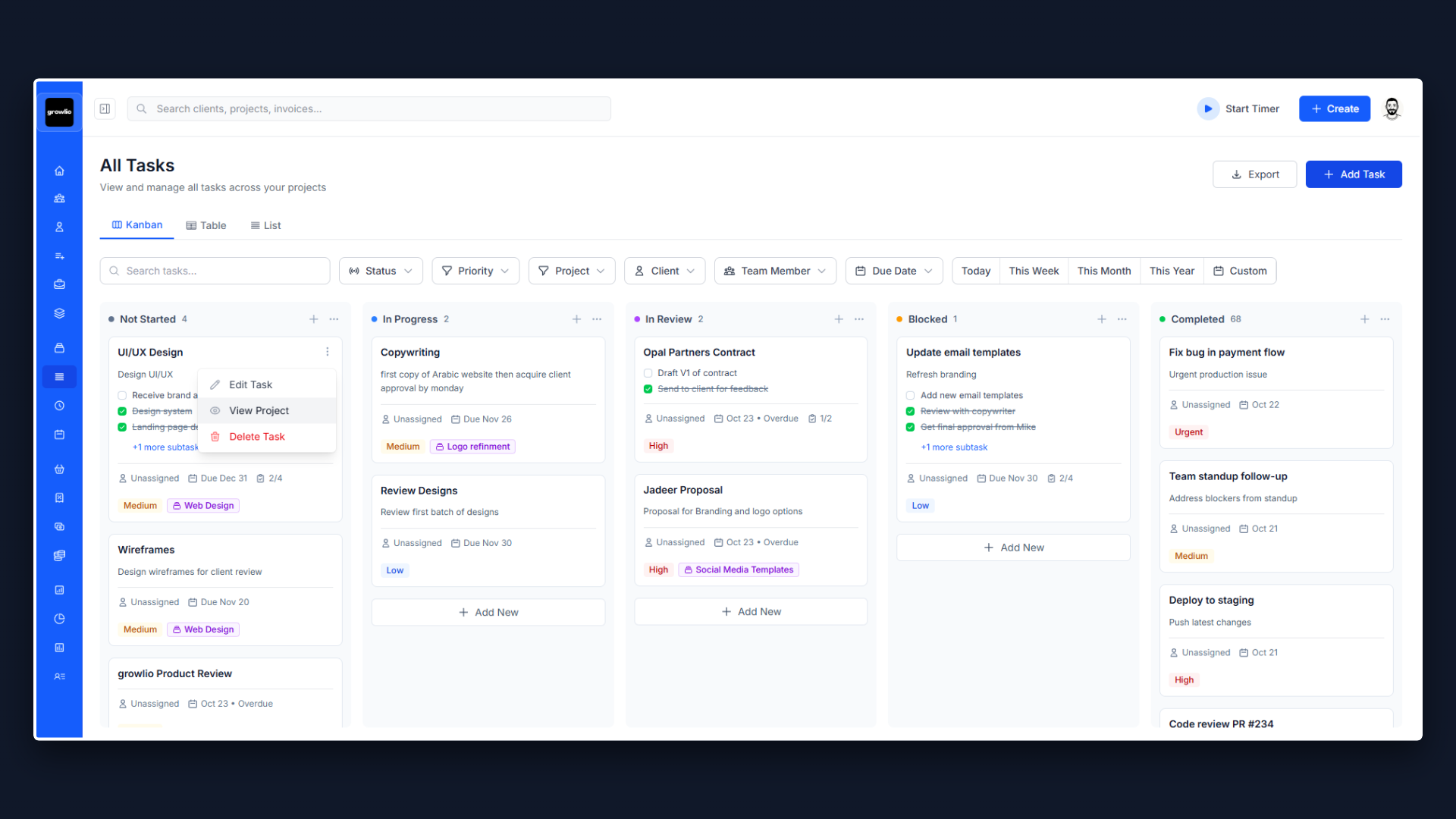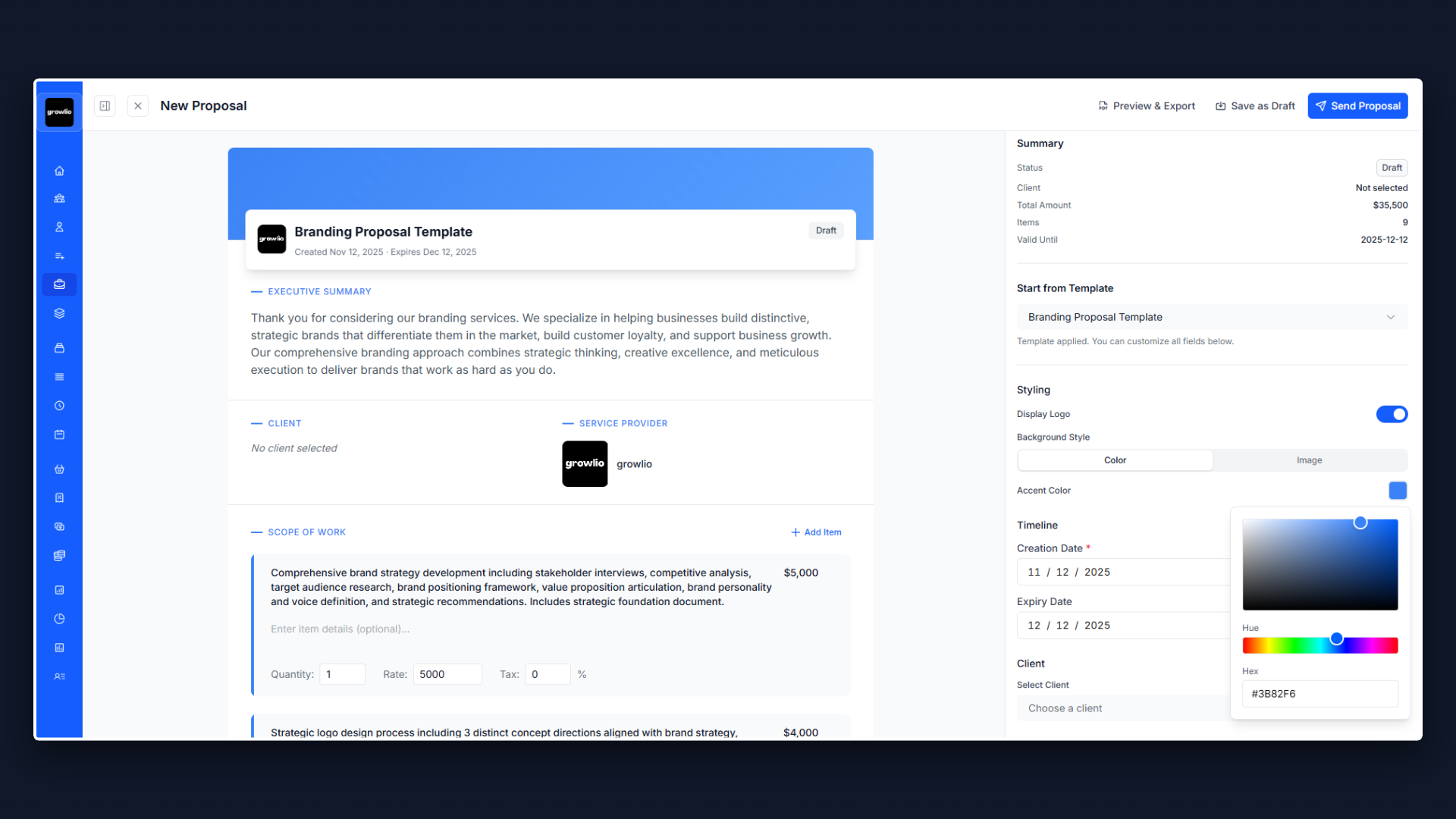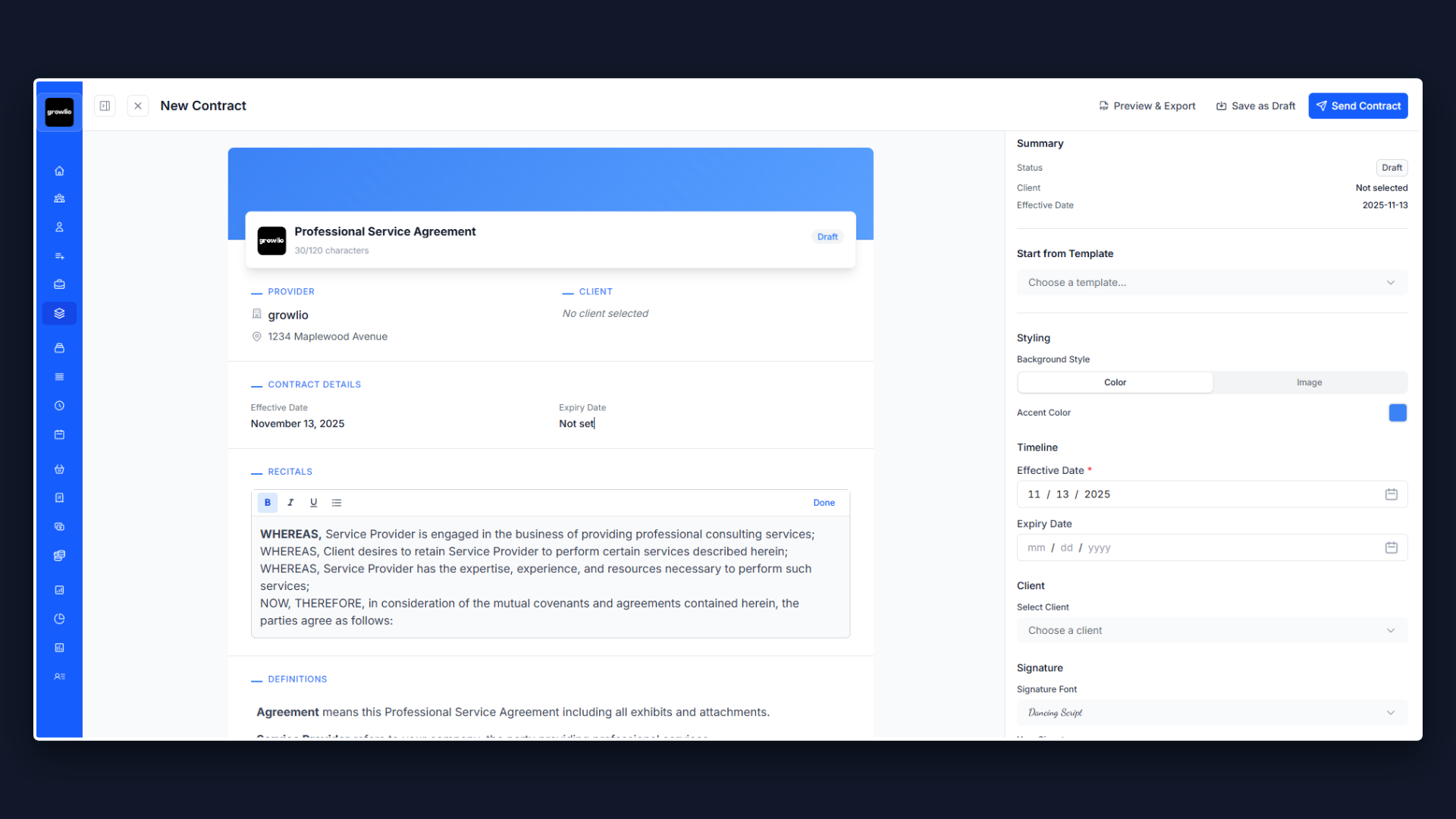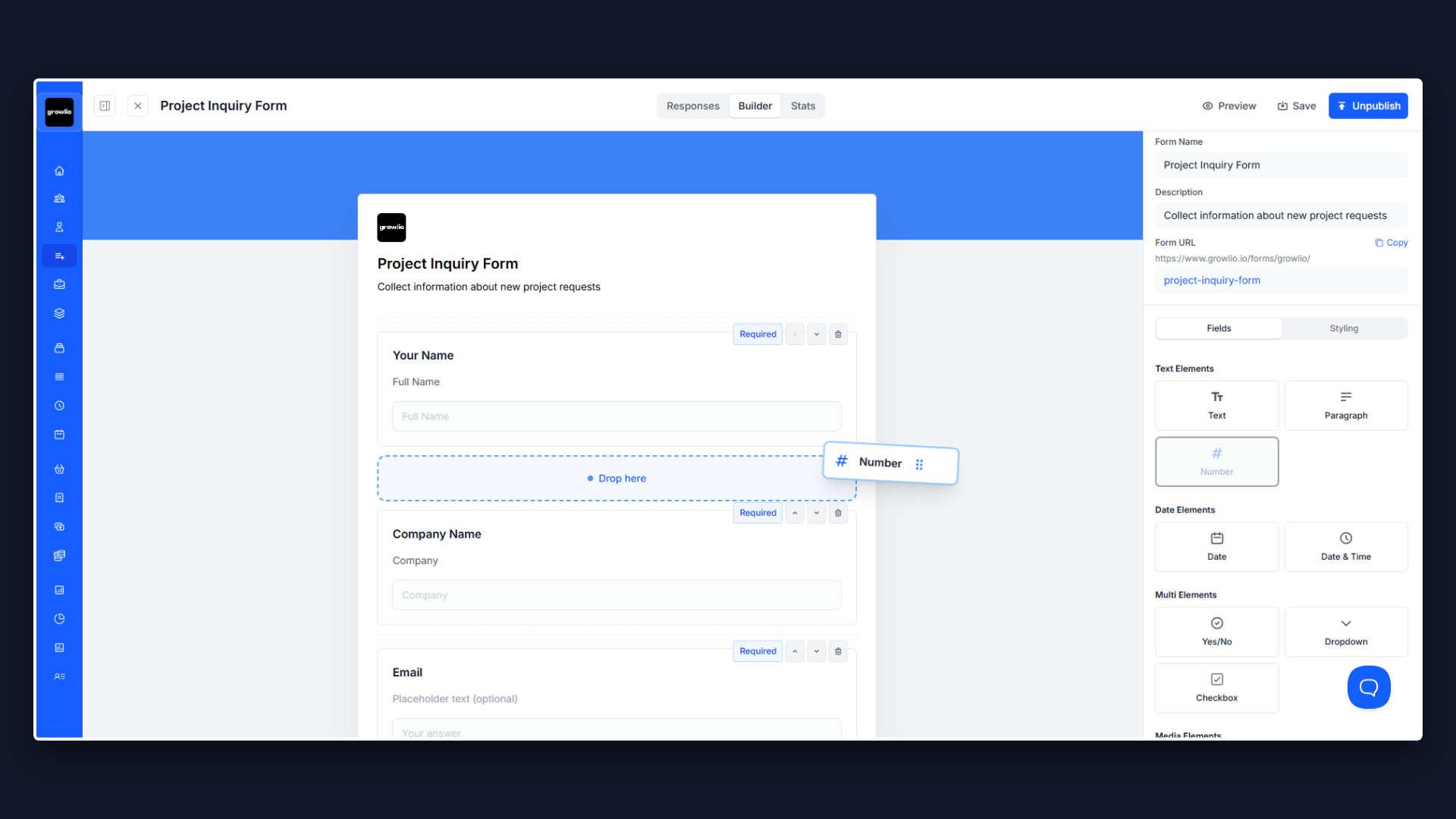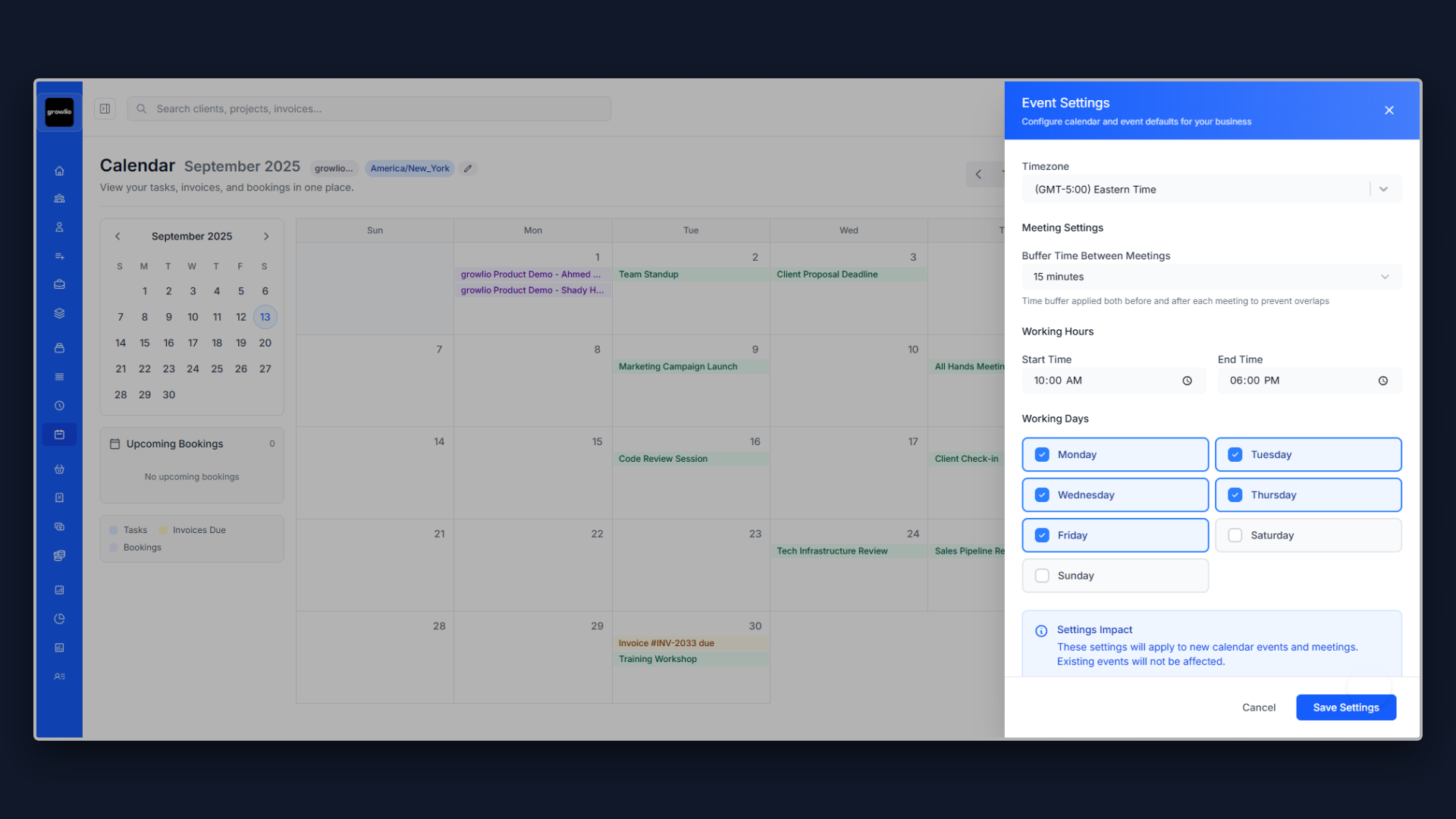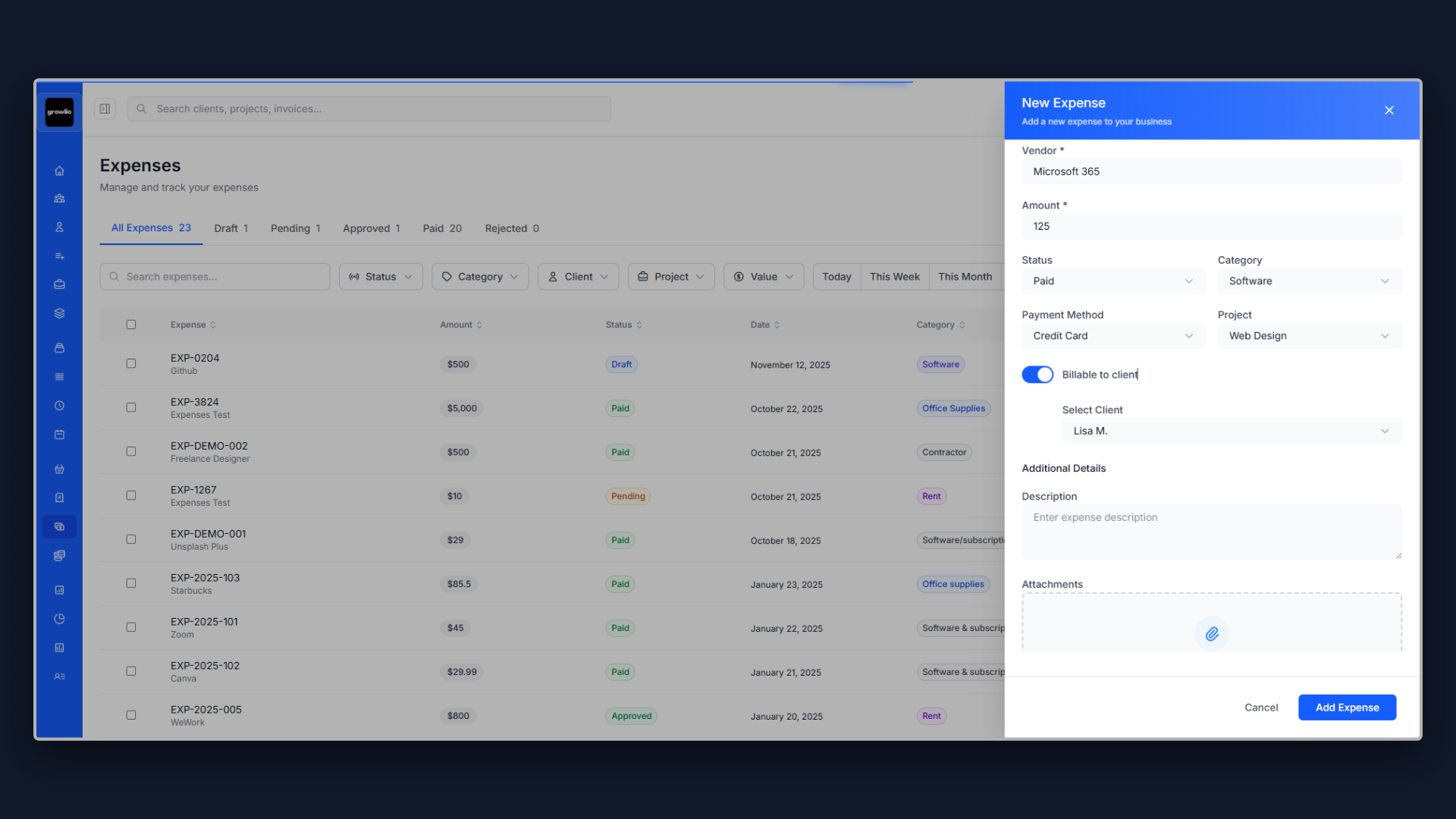Why Integrated SEM Proposals Win More Business
Search Engine Marketing isn't just about SEO or PPC alone—it's about dominating the entire search results page. Yet most consultants make a critical mistake: they pitch SEO and PPC as separate services, leaving clients confused about which to choose and leaving half the revenue on the table.
Here's the reality: businesses that run integrated SEM strategies combining SEO and PPC see 25% better results than those running either channel alone. PPC provides immediate traffic while SEO builds long-term assets. PPC data informs SEO keyword strategy. SEO content supports PPC quality scores. They're not competing strategies—they're complementary weapons in a comprehensive search domination arsenal.
The consultants winning the largest contracts understand this. They don't propose "SEO or PPC"—they propose complete SEM strategies that capture every opportunity in search results. Their proposals demonstrate how organic and paid work together to maximize visibility, traffic, and conversions. This integrated approach not only delivers better results for clients but also increases your contract value by 3-5x compared to single-channel proposals.
1. Start With Their Total Search Opportunity Loss
Most proposals make the mistake of pitching SEO and PPC separately: "You should invest in SEO for long-term growth, or PPC for immediate results..." This forces clients to choose and cuts your revenue in half before you even start.
Instead, lead with their total search opportunity: "Our analysis shows your business is missing 83% of available search traffic in your market. Here's the breakdown: Your top 5 competitors collectively capture 45,000 monthly searches through organic rankings (you're capturing 2,800 or 6%), they generate an additional 28,000 clicks through paid ads (you're capturing 0), and you're completely absent from 23 high-value commercial keywords worth approximately $15,000 in monthly ad spend, suggesting significant revenue opportunity."
Quantify the total opportunity: "At your industry's average 3.5% conversion rate and $4,200 customer lifetime value, you're leaving approximately $3.2 million in annual revenue on the table by not dominating search results in your market."
This frames the problem as total search presence, not SEO vs. PPC. Now you can propose an integrated solution that captures the full opportunity—and justifies a larger investment.
2. Present an Integrated Search Domination Strategy
The power of an SEM proposal is showing how SEO and PPC work better together than either does alone. Dedicate a section to this synergy.
Explain the integration: PPC Funds SEO Intelligence: Use PPC campaigns to test keyword performance before investing in SEO content. Identify high-converting keywords quickly through paid data, then build organic content around winners. PPC delivers ROI while SEO builds.
SEO Content Supports PPC Performance: High-quality organic content improves domain authority and quality scores, reducing PPC costs. Landing pages optimized for SEO convert better for PPC traffic. Ranking organically builds brand recognition that improves paid ad click-through rates.
Dual Visibility Dominance: Appearing in both organic and paid results on the same page increases visibility by 50%+ and captures clicks from users who trust organic results and those who click paid ads. Total search real estate ownership blocks competitors from your prospects' view.
Provide a concrete example: "For the keyword 'enterprise project management software,' your competitors rank both organically (#2) and run paid ads. They capture approximately 35% of total clicks. By implementing integrated SEM, we'll position you for both organic rankings (targeting #1-3 within 6 months) and paid ads, capturing an estimated 40-50% of total available clicks—effectively dominating this valuable search term."
This integrated approach demonstrates strategic sophistication and justifies comprehensive engagement.
3. Conduct a Comprehensive Search Landscape Audit
To sell integrated SEM, your audit must analyze both organic and paid search landscapes. This comprehensive analysis demonstrates the full picture competitors aren't seeing.
Organic Search Analysis: Current keyword rankings and visibility gaps, competitor organic positions and content strategies, technical SEO issues limiting your organic potential, content opportunities based on search intent analysis, backlink profile compared to top competitors.
Paid Search Analysis: Competitor ad copy and messaging strategies, estimated competitor ad spend and budget allocation, keyword opportunities they're bidding on that you're missing, ad extension usage and differentiation gaps, landing page quality and conversion optimization.
Search Results Page Analysis: Featured snippet opportunities you could capture, "People Also Ask" questions you should answer with content, local pack presence (if applicable to business), shopping results opportunities (for e-commerce), video results opportunities (YouTube SEO/ads).
Integration Opportunities: Keywords where competitors rank organically but you could capture paid traffic, keywords you rank for organically that you could reinforce with paid ads, search terms showing both organic and paid intent (people clicking both types of results), seasonal trends where you should shift budget between organic and paid.
This comprehensive audit proves you understand the full search landscape and can strategically allocate resources across both channels for maximum impact.
4. Create a Phased Timeline Showing Quick Wins and Long-Term Growth
One objection to integrated SEM is perceived cost and complexity. Address this with a phased timeline that shows immediate PPC wins funding long-term SEO growth.
Phase 1: Foundation + Immediate Traffic (Month 1)
Launch PPC campaigns for immediate traffic and conversions, begin technical SEO audit and critical fixes, set up comprehensive conversion tracking across both channels, establish baseline metrics and reporting infrastructure, conduct deep keyword research informing both SEO and PPC strategies.
Phase 2: Quick Wins + Building Momentum (Month 2-3)
Optimize PPC campaigns based on initial data, use PPC conversion data to prioritize SEO content development, implement on-page SEO for high-priority pages, create first round of SEO-optimized content targeting PPC-validated keywords, begin strategic link building for organic authority, launch remarketing campaigns to re-engage PPC traffic.
Phase 3: Integration + Acceleration (Month 4-6)
Scale winning PPC campaigns while reducing bids on keywords ranking organically, expand organic content covering full keyword spectrum, implement advanced PPC tactics (audience targeting, customer match), see first significant organic traffic growth reducing reliance on paid, optimize conversion paths using combined organic and paid traffic data.
Phase 4: Dominance + Efficiency (Month 7-12)
Achieve top organic rankings for primary keywords reducing PPC costs, shift PPC budget to new opportunities and competitive conquesting, create content moats preventing competitor organic encroachment, maximize efficiency with organic handling informational queries and PPC capturing commercial intent, measure true integrated ROI across both channels.
This timeline shows clients they'll see immediate results from PPC while building long-term organic assets that eventually reduce their paid advertising dependency—the best of both worlds.
5. Explain Your Keyword Strategy Across Both Channels
Many clients don't understand why they'd target the same keywords in both SEO and PPC. Use your proposal to educate them on strategic keyword allocation.
Detail your keyword segmentation: Pure PPC Keywords: High-competition commercial keywords too expensive to rank for organically in reasonable timeframe, competitor brand names and conquesting terms, seasonal or promotional keywords needed immediately, new product/service launches requiring instant visibility.
Pure SEO Keywords: Informational and educational keywords where users won't click ads, long-tail keywords with low search volume not cost-effective for PPC, keywords where you already rank well (no need to pay for traffic you're getting free), branded keywords where you dominate organically.
Integrated Keywords: High-value commercial keywords you want to dominate completely, keywords where appearing twice (organic + paid) captures significantly more clicks, competitive keywords where you're ranked #4-7 organically (PPC fills the gap), keywords with high conversion rates justifying both organic and paid investment.
Provide specific examples with rationale: "'Project management software' - Integrated approach: Run PPC ads immediately while building organic content, invest in both channels to dominate the SERP. 'Project management best practices' - Pure SEO: Informational query, users won't click ads, create comprehensive guide to rank organically. 'Asana alternatives' - Pure PPC: Competitor conquesting term, use PPC to capture competitor's traffic while they research alternatives."
This strategic explanation shows you're not just doubling efforts—you're strategically deploying each channel where it's most effective.
6. Address Budget Allocation and ROI Expectations
The biggest objection to integrated SEM is cost. Address this directly by showing how the channels work together to improve total ROI.
Break down budget allocation clearly: "Recommended monthly SEM investment: $8,500 total. Budget allocation: $5,000 (59%) to PPC ad spend generating immediate traffic and conversions, $2,000 (23%) to SEO services (technical optimization, content creation, link building), $1,500 (18%) to SEM management fee covering strategy, optimization, and reporting across both channels."
Explain the strategic evolution: "Month 1-3: 70% budget to PPC (immediate results) / 30% to SEO (foundation building). Month 4-6: 60% budget to PPC / 40% to SEO (organic traffic growing). Month 7-12: 50% budget to PPC / 50% to SEO (organic reducing paid dependency). Month 13+: 40% budget to PPC / 60% to SEO (organic providing majority of traffic, paid filling gaps)."
Project integrated ROI: "Integrated SEM typically outperforms single-channel approaches by 25-40%. Our projections for your business: PPC alone: 250% ROI ($5,000 spend returning $12,500 in profit). SEO alone: 400% ROI in year one ($2,000/month spend returning $8,000/month profit by month 12). Integrated SEM: 320% ROI ($7,000 combined spend returning $22,400/month profit by month 12), plus organic assets continuing to generate returns for years."
Show how PPC funds SEO: "PPC generates positive ROI from month one, funding your SEO investment. By month 6, organic traffic begins reducing PPC costs. By year two, organic traffic growth allows 30-40% reduction in PPC budget while maintaining total traffic—or reinvestment of PPC budget into new markets and opportunities."
This financial framework makes integrated SEM feel like smart business, not expensive overkill.
7. Demonstrate Channel Synergies With Specific Examples
Abstract explanations of "synergy" don't convince clients. Provide concrete examples of how the channels reinforce each other.
Example 1: Keyword Testing and Validation
"We'll use PPC to test 20 potential keyword targets over 30 days, investing $2,000 to identify which keywords actually convert for your business. The 5-7 best performers (based on conversion rate and customer value) become our priority SEO content targets. This prevents wasting 3-6 months creating SEO content for keywords that don't convert, saving approximately $8,000 in misdirected SEO effort."
Example 2: Quality Score and Ad Cost Reduction
"By creating comprehensive SEO content that ranks organically, we improve your domain authority and landing page quality—two key components of Google's Quality Score. Higher quality scores reduce your cost-per-click by 20-50%. For your projected $5,000/month ad spend, this could mean $1,000-$2,500 in monthly savings, effectively paying for your SEO investment through reduced PPC costs."
Example 3: SERP Domination and CTR Lift
"Studies show that businesses appearing in both organic and paid results on the same SERP see 50% higher combined click-through rates than either channel alone. For the keyword 'industrial safety equipment,' currently generating 8,000 monthly searches, this means capturing 720 clicks instead of 480—a 50% traffic increase from the same search volume."
These specific examples make the integration value tangible and quantifiable.
8. Include Integrated Case Studies
Generic case studies don't sell integrated SEM. Show specific examples of clients who benefited from the combined approach versus single-channel strategies.
Case Study: B2B SaaS Company (CRM Software)
Initial Situation: Running PPC only, $8,000/month spend, 180 leads/month, $44 cost-per-lead.
Integrated SEM Strategy: Maintained $6,000/month PPC budget, added $3,000/month SEO investment, used PPC data to identify best-performing content topics, created SEO content hub around top converting keywords, shifted some PPC budget to new keywords as organic rankings improved.
Results After 10 Months: Total search leads increased from 180 to 475/month (164% increase), cost-per-lead dropped from $44 to $19 (57% reduction), organic providing 220 leads/month at ~$0 acquisition cost, PPC still generating 255 leads/month at improved $24 CPL, total integrated search ROI of 420% versus 180% from PPC alone.
Case Study: Local Service Business (HVAC)
Initial Situation: Focused on SEO, ranked well but competitors dominated paid ads, losing high-intent customers to competitors' ads.
Integrated SEM Strategy: Maintained SEO efforts, added targeted local PPC for high-intent keywords and seasonal services, used PPC for immediate visibility in competitive markets while SEO built, created integrated content strategy supporting both channels.
Results After 6 Months: Captured 65% of total search visibility for target keywords (versus 25% from SEO alone), increased monthly leads from 85 to 240 (182% increase), seasonal campaigns generated immediate ROI funding organic growth, total customer acquisition cost decreased 35% through efficiency of combined approach.
These real examples prove integrated SEM delivers superior results worth the larger investment.
9. Define Comprehensive Reporting Across Both Channels
Clients investing in integrated SEM need visibility into how both channels perform individually and together. Detail your reporting approach.
Weekly Quick Updates: Combined PPC and organic traffic trends, conversion rate performance across channels, budget pacing for paid campaigns, significant ranking changes or wins, quick wins implemented and tests launched.
Monthly Comprehensive Reports: Channel-specific performance (PPC metrics: spend, clicks, conversions, CPA; SEO metrics: rankings, organic traffic, backlinks), integrated performance showing total search visibility and market share, attribution analysis showing assisted conversions between channels, keyword performance across both paid and organic, competitor landscape updates, strategic recommendations and monthly priorities, 45-minute review call to discuss integrated strategy.
Quarterly Strategic Reviews: Deep-dive analysis of integrated SEM performance vs. goals, channel budget allocation optimization recommendations, comprehensive competitive analysis, content and keyword strategy refinement, landing page and conversion optimization review, strategic planning for next quarter with budget reallocation if needed.
Custom Dashboards: Real-time access to integrated dashboard showing both channels, ability to see total search performance at a glance, drill-down capabilities into channel-specific metrics, month-over-month and year-over-year trend analysis.
This comprehensive reporting framework gives clients full transparency into their integrated SEM investment.
10. Make the Decision Easy With Clear Next Steps
Integrated SEM sounds complex. Simplify the decision with crystal clear next steps that make getting started feel easy and risk-free.
"Ready to dominate search results in your market? Here's exactly how we begin: Step 1: Approve this proposal by [date] to lock in your start date. Step 2: We'll schedule a 90-minute integrated strategy kickoff call within 48 hours. Step 3: Simultaneous launch—PPC campaigns go live within 5-7 days for immediate traffic, SEO audit and foundation work begins immediately. Step 4: You'll receive your first integrated performance report within 21 days showing early results and strategic roadmap. Step 5: Monthly strategy calls keep us aligned as we optimize both channels for maximum combined ROI."
Address common concerns: "What if I want to start with just one channel? We can begin with PPC or SEO only, but our experience shows integrated approaches deliver 25-40% better ROI. We recommend starting with both, and we'll prove the value within 90 days. Can I adjust the budget later? Absolutely. We'll review performance monthly and can reallocate between channels or adjust total investment based on results. What if it doesn't work? Our clients typically see positive ROI from PPC within 30-45 days and organic traffic growth within 60-90 days. We'll track performance closely and course-correct quickly if needed."
Include simple approval: "To begin your search domination strategy: ☐ Yes, let's proceed with integrated SEM as proposed. ☐ I'd like to discuss modifications (schedule call: [link]). Signature: _____________ Date: _____________ Print Name: _____________ Company: _____________"
The clearer and easier you make the decision, the faster clients commit to your larger integrated engagement.
Final Thoughts on SEM Proposals
The future of search marketing isn't SEO versus PPC—it's sophisticated integration of both channels to dominate search results pages completely. The consultants winning the largest, most profitable engagements understand this and propose comprehensive SEM strategies rather than single-channel tactics.
Your SEM proposal should educate clients on why integration delivers superior results, prove you understand their complete search opportunity (not just organic or paid in isolation), demonstrate strategic sophistication in allocating resources across channels, show how the channels reinforce each other with specific examples, and justify the larger investment with clear ROI projections and case studies.
When you shift from proposing "$2,000/month for SEO" or "$5,000/month for PPC" to proposing "$7,000/month for integrated search domination," you're not just increasing your contract value—you're delivering genuinely better results for clients. The integration isn't a sales tactic; it's a strategic advantage that separates elite search marketers from single-channel specialists.
Customize every SEM proposal to the client's specific market, competitors, and search opportunity. Show the full picture they're missing. Demonstrate how organic and paid work better together. Prove it with case studies. Make the larger investment feel smart and strategic. And watch your close rates—and contract values—increase dramatically.
